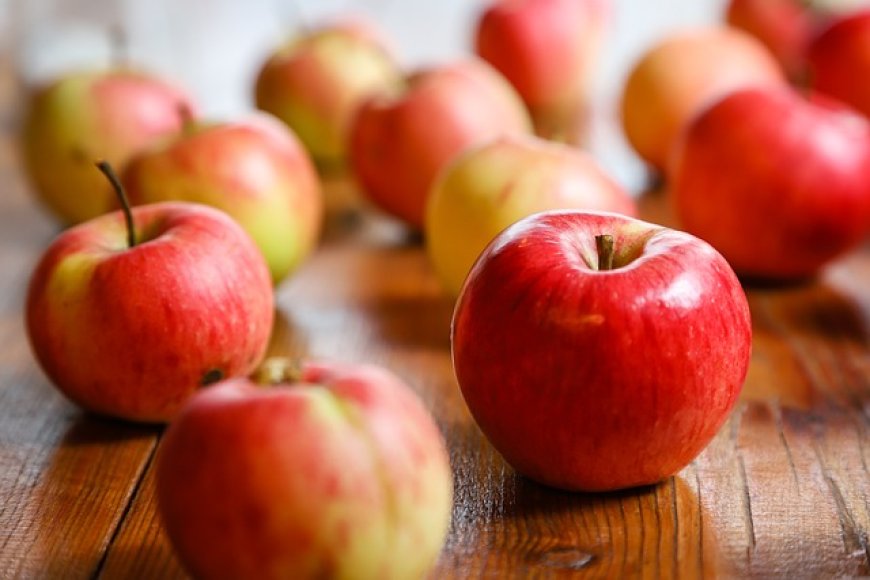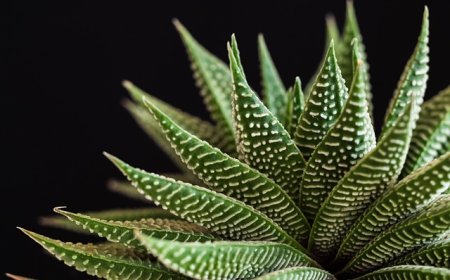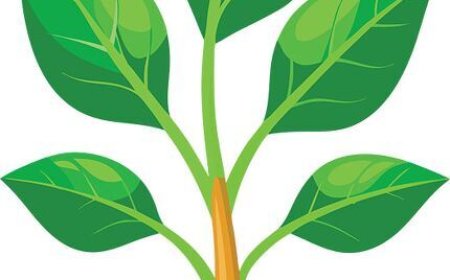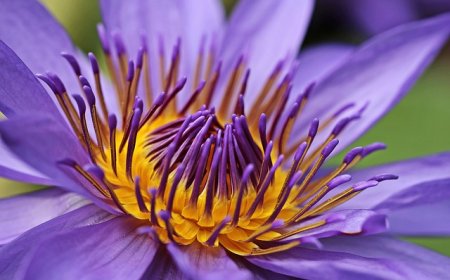Apples
Discover apple origins, growing methods, health perks, and test your skills with an interactive quiz—perfect for students and fruit lovers!

Apples: From Ancient Orchards to Modern Markets
Apples are one of the most popular fruits in the world. They come in many colors, flavors, and sizes, and are grown in orchards on every continent except Antarctica. Known for their sweet or tangy taste and satisfying crunch, apples are not just a tasty snack—they also have a long history, play a role in cultures around the world, and offer important health benefits.
What Is an Apple?
An apple is a type of fruit known as a pome. It grows on trees in the Malus genus, part of the Rosaceae, or rose family. The most common kind of apple is Malus domestica. There are over 7,500 different types of apples, called cultivars, each with its own flavor, color, and use.
Some apples are grown to be eaten fresh (these are called dessert apples), while others are used for cooking or making drinks like apple cider.
Where Apples Come From
Botanical Origins
The modern apple we know today came from a wild apple species called Malus sieversii. This tree still grows in the mountains of Central Asia, in countries like Kazakhstan, China, and Kyrgyzstan. These wild apples are being studied by scientists because they are naturally resistant to diseases and pests, which helps improve today's apples.
Although people once believed other wild apple species also helped create the modern apple, newer studies show that Malus sieversii is the main ancestor.
A History of Apple Growing
Apples have been important for thousands of years, especially in colder climates. They store well through winter and were likely one of the first trees ever grown for food. People in Europe, Asia, and later the United States have all relied on apples as a nutritious part of their diets.
Types of Apples
There are thousands of apple types around the world, and each one is suited to different climates and uses. Popular varieties today include:
Fuji – very sweet and crisp
Gala – mild, sweet flavor
Granny Smith – tart and crunchy
Honeycrisp – very juicy with a perfect sweet-tart balance
Old-fashioned varieties may look odd but often have rich, unique flavors. Many of these heirloom apples are preserved by small farms and backyard growers.
How Apples Are Grown
Breeding and Propagation
Apple trees are not usually grown from seeds because the offspring may be very different from the parent. Instead, apples are grafted. This means a branch from one tree (called a scion) is attached to the roots of another tree (rootstock). The rootstock helps control the tree's size and strength.
Some apple varieties, like Honeycrisp, were created by scientists through careful cross-breeding to make them tastier, hardier, or better for storage.
Starting an Orchard
Apple trees are usually planted when they are two or three years old. Depending on the rootstock, trees may grow to full size or stay smaller. Smaller trees are easier to pick and can be planted closer together.
It can take 3–10 years before a tree begins to produce a good crop of apples.
📸 Visual aid suggestion: Diagram showing apple tree grafting and orchard planting.
Pollination and Flowering
Apples need help from insects like honeybees to produce fruit. This is because apples cannot pollinate themselves—they must be cross-pollinated by pollen from a different type of apple tree. Orchard owners often place beehives in their fields to help with this.
Bad weather during the blooming season or not having the right mix of trees can result in poor pollination. Without enough pollen, apples may grow small, be oddly shaped, or fall off the tree early.
Apple Pests and Diseases
Growing apples isn’t easy. Apple trees can get diseases like:
Fireblight (a bacterial disease)
Apple scab (a fungal infection)
Rusts and black spot
They’re also attacked by insects like the codling moth, apple maggot, and others. To protect the fruit, many farmers use careful spraying methods, especially Integrated Pest Management (IPM), which uses fewer chemicals and promotes natural pest control.
Organic apple farming is challenging, but some farmers succeed using disease-resistant types and natural methods like spraying kaolin clay to block insects.
Harvest Time
When apple trees are mature, they can produce between 100 and 200 kilograms of fruit every year! Apples are usually picked by hand using special ladders to avoid bruising the fruit.
Dwarf trees (smaller trees) are easier to pick from and often grown in “high-density” orchards for better efficiency.
What Happens After Harvest
Apples are eaten fresh or used in many foods and drinks. They can be:
Cooked – in pies, crumbles, and stews
Dried – for snacks or baking
Juiced – to make apple juice or cider
Fermented – for vinegar, cider, or spirits like Calvados
In many cultures, apples are tied to traditions and celebrations. For example, apples are dipped in honey during Rosh Hashanah, the Jewish New Year, to symbolize a sweet year ahead.
Health Benefits of Apples
The saying “an apple a day keeps the doctor away” has some truth to it. Apples are full of fiber, vitamin C, and antioxidants called polyphenols. These nutrients:
Support a healthy heart
Help control cholesterol
May reduce cancer risk
Support brain health and memory
Eating apples regularly can also help with weight management and digestion.
Apples in Culture
The apple blossom is the state flower of Arkansas.
William Tell, a Swiss folk hero, is said to have shot an apple off his son’s head with a crossbow.
In some cultures, apples are believed to have magical or romantic powers.
In the U.S., a shiny red apple is a traditional gift for a teacher.
Fun Facts About Apples
The world grows more than 80 million tons of apples every year.
China is the world’s top apple producer.
There are over 7,500 different types of apples!
Apples float in water because they are 25% air.
The science of growing apples is called pomology.
Apple trees can live for more than 100 years.
The first American apple orchard was planted in 1625 in Boston.
Apples belong to the same family as roses.
Vocabulary Words
Cultivar
A plant variety produced by selective breeding.
Grafting
Attaching a branch (scion) of one tree onto the rootstock of another so they grow together.
Rootstock
The lower part of a grafted tree that determines its size and hardiness.
Pome
A fruit type (like apples and pears) with seeds in a core.
Heirloom
An old cultivar preserved by gardeners for its unique flavor or history.
Self-incompatible
Needing pollen from a different variety to produce fruit.
Russeting
Rough, brownish patches on an apple’s skin.
Integrated Pest Management (IPM)
An approach to pest control that uses natural predators and limits chemical sprays.




















































